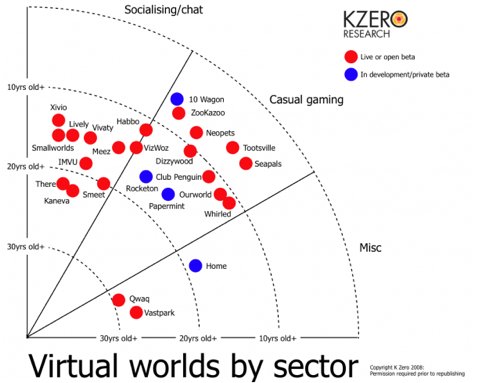As mentioned previously, we’re a media partner for the Virtual Worlds London conference. They’ve just announced that the creator of Google’s Lively, Niniane Wang, will be a keynote speaker.
A new session called FastPitch has been introduced, which allows companies to showcase their virtual worlds-related service or product. You will need to provide a submission beforehand and the best will get the stage for their pitch.





Recent Comments